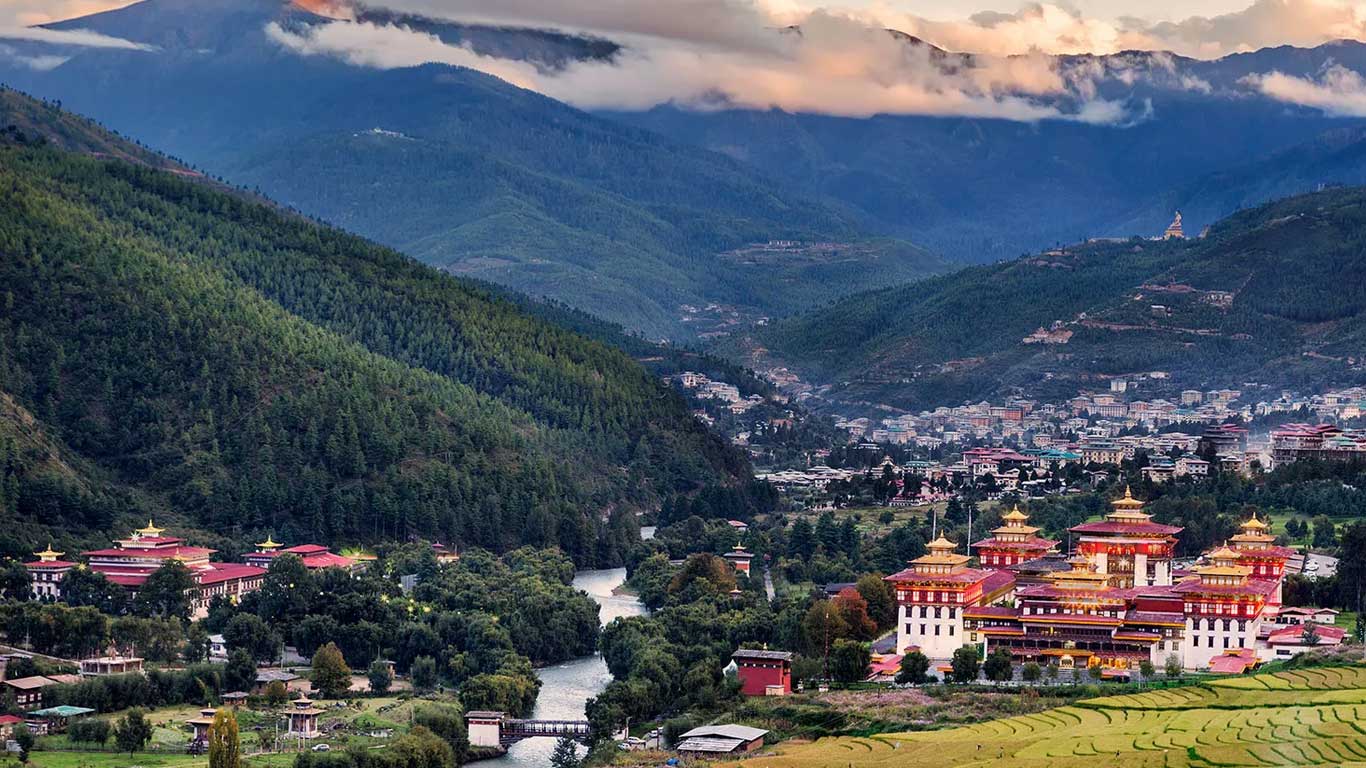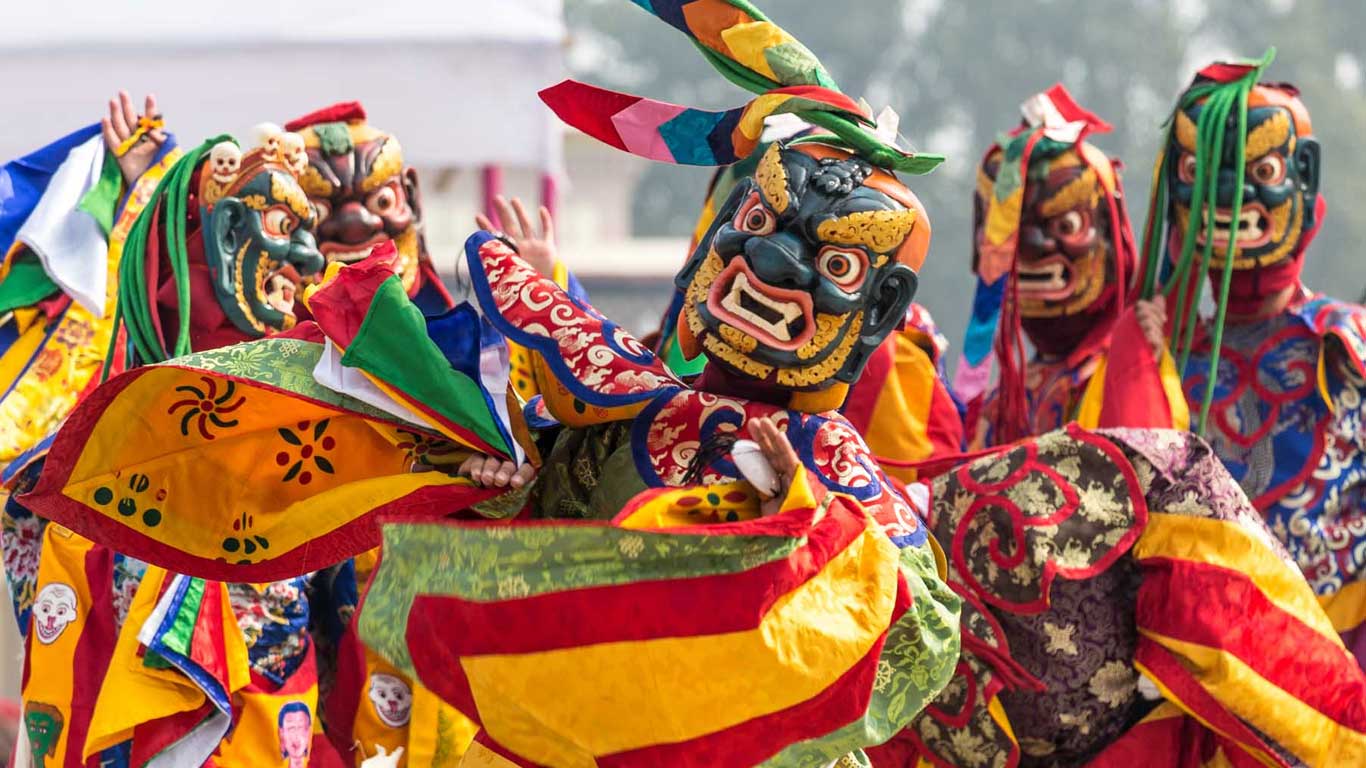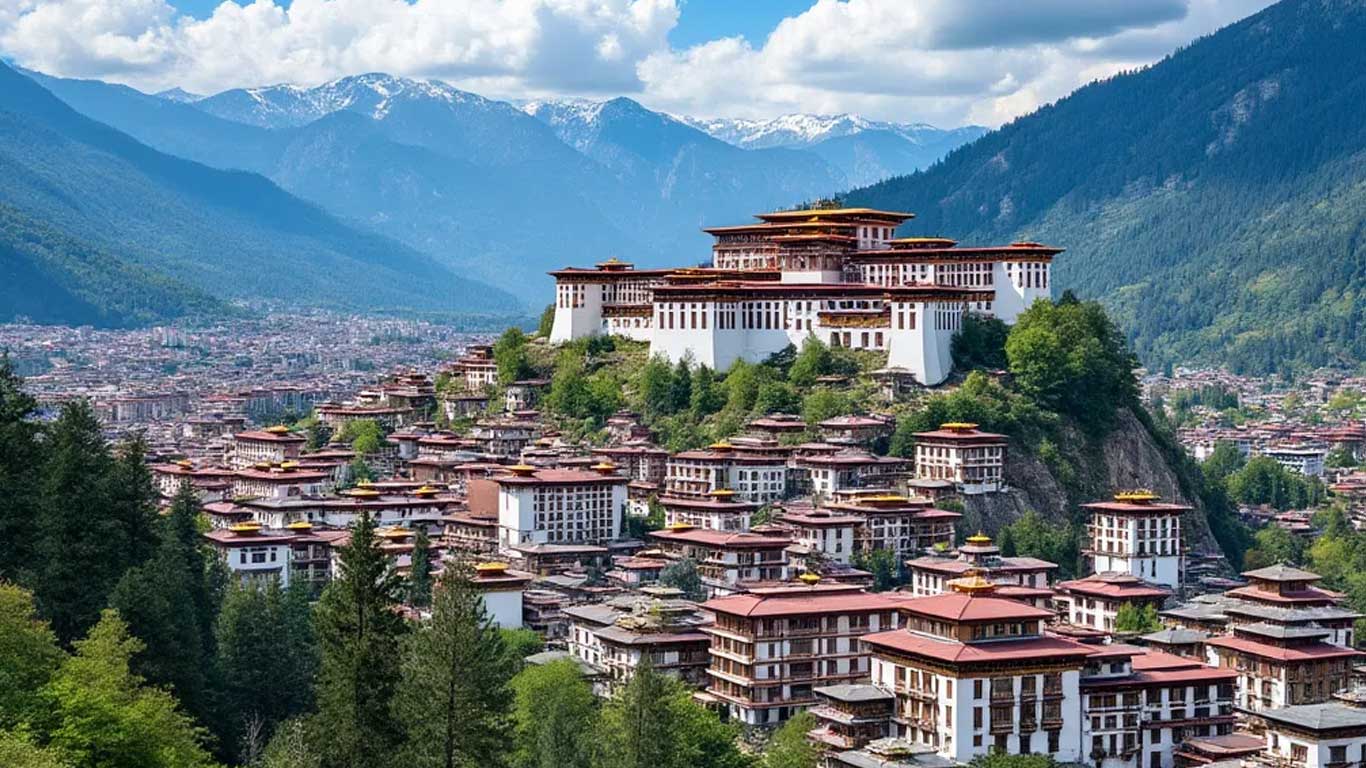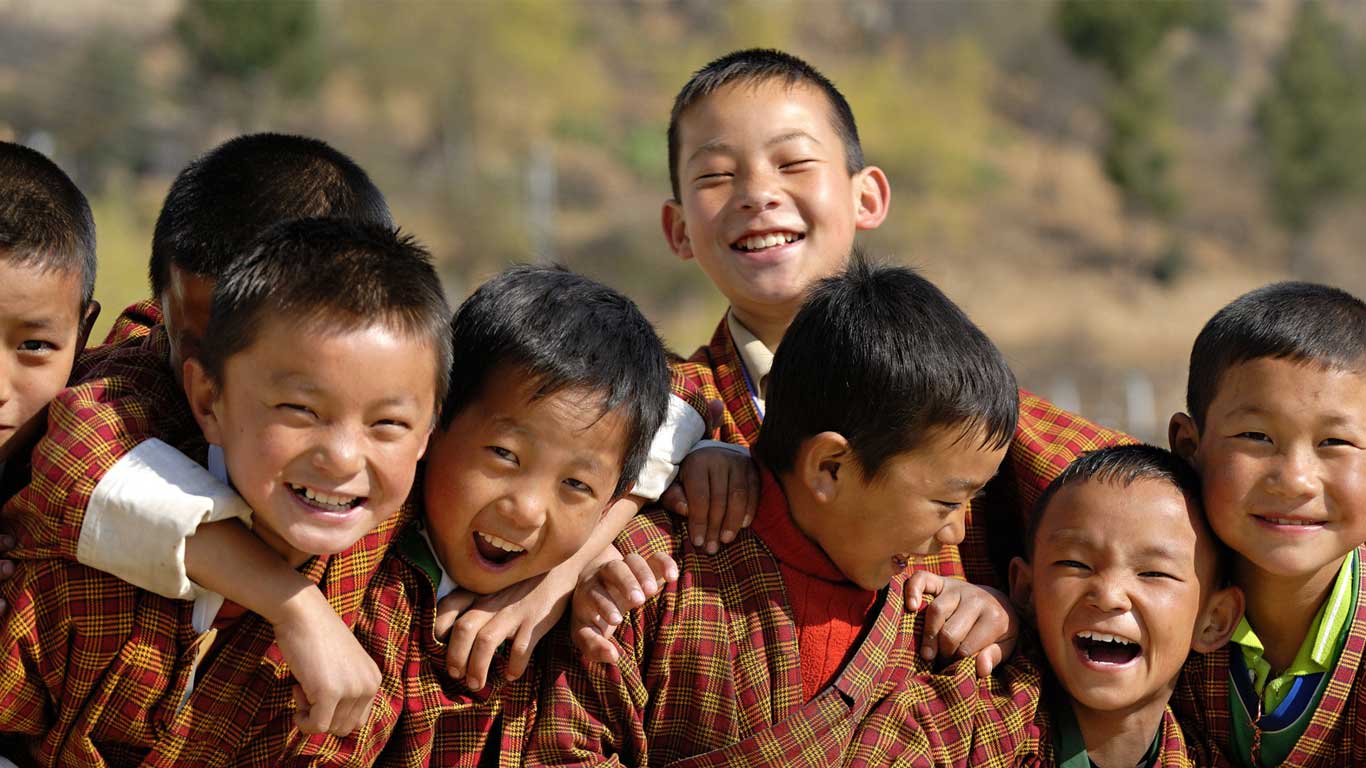Thimphu: The Enchanting Capital of Bhutan
Nestled in the heart of the Himalayas, Thimphu is the vibrant capital of Bhutan, a city where tradition and modernity coexist harmoniously. Situated at an elevation of 2,334 meters (7,657 feet), it is the third-highest capital in the world and offers breathtaking views of the surrounding mountains. What sets Thimphu apart is its unique charm—this is possibly the only capital in the world without traffic lights, with all traffic management handled by traffic police in traditional attire. Adding to its uniqueness, Thimphu is the capital of the world’s only carbon-negative country, making it an ideal destination for eco-conscious travellers.
Declared Bhutan’s capital in 1961, replacing Punakha, Thimphu is located in the central-western part of the country. This picturesque city is a blend of Bhutanese heritage and modernity, featuring historic monasteries, ancient fortresses, lively markets, and contemporary cafes, nightclubs, and restaurants. Whether you're drawn to its spiritual essence, scenic beauty, or vibrant city life, Thimphu is a must-visit destination.
Getting to Thimphu
By Air: Thimphu does not have an airport, but the nearest international gateway is Paro International Airport, Bhutan’s only international airport. Direct flights are available from India, Nepal, Bangladesh, and Thailand. The drive from Paro to Thimphu (around 55 km) takes approximately 1.5 hours along a scenic route with stunning mountain vistas.
By Road: Travelers from India can reach Thimphu via road through the Bhutanese border town of Phuentsholing. The journey options include:
-
Train: Take a train to New Jalpaiguri (NJP) or Hasimara in India, then travel by road to Phuentsholing (4.5 hours from NJP, 45 minutes from Hasimara).
-
Road: From Phuentsholing, it takes about 5 hours to cover the 150 km distance to Thimphu through winding mountain roads.
Top Attractions in Thimphu
Buddha Dordenma
A towering golden statue of Buddha Shakyamuni, standing 54 meters (177 feet) high, dominates the skyline of Thimphu. Completed in 2015, it was built to bring peace and prosperity to the world and houses 125,000 smaller Buddha statues inside.
Memorial Chorten
Built in 1974 in honour of the third King of Bhutan, Jigme Dorji Wangchuck, this Tibetan-style chorten (stupa) is a revered religious site. Visitors can witness locals performing prayers and circumambulations, making it a lively spiritual hub.
Tashichho Dzong
Known as the Fortress of the Glorious Religion, this grand fortress, built in 1641, serves as the administrative centre of Bhutan and houses the throne room of the King. The stunning architecture and serene gardens make it a must-visit site.
Folk Heritage Museum
Established in 2001, this museum offers a deep insight into Bhutanese rural life and traditions, showcasing household artefacts, farming tools, and traditional Bhutanese houses.
Motithang Takin Preserve
This sanctuary is home to the takin, Bhutan’s national animal, which has a unique appearance resembling a cross between a goat and an antelope. Legend says that the takin was created by a Buddhist saint, adding a mystical element to its significance.
Cheri Monastery
Founded in 1621 by Ngawang Namgyal, the monastery is a serene retreat for meditation and a great place for short hikes, offering stunning views of the Thimphu Valley.
Changangkha Lhakhang
Located just 1 km from the city centre, this 12th-century temple is an important spiritual site where locals bring newborns for blessings.
Thimphu Weekend Market
Held on Saturdays and Sundays, this bustling market is the best place to experience local culture, buy authentic Bhutanese handicrafts, and savour traditional Bhutanese cuisine.
Tango Monastery
This 13th-century monastery, located near Cheri Mountain, is an important centre for Buddhist learning. The trek to the monastery offers spectacular mountain views.
Local Culture & People
Despite its modernisation, Thimphu remains deeply rooted in its traditions. The people wear their national attire—men in Gho and women in Kira—a testament to their pride in Bhutanese culture. Festivals play a significant role in their lives, with Tshechu, a vibrant festival featuring Cham (masked dances), being the most famous celebration in Thimphu.
Bhutanese cuisine is simple yet flavorful, with red rice, chicken, pork, and beef being staple foods. A must-try dish is Ema Datshi, a spicy mix of chilli and cheese, which is a national favourite. Alcohol is widely available, but smoking is strictly restricted, with heavy fines for tobacco use and sales.
The economy thrives on tourism, hydroelectric power, agriculture, and small-scale industries, making it a self-sustaining city that values both tradition and progress.
Flora & Fauna of Thimphu
Bhutan is one of the world’s most environmentally conscious nations, with over 70% of its land covered in forests. Thimphu’s pristine natural environment supports diverse plant and animal species.
-
The region is home to over 300 medicinal plants and various species of rhododendrons and orchids.
-
Wildlife enthusiasts can spot takin, snow leopards, blue sheep, musk deer, and Himalayan black bears in the forests surrounding Thimphu.
With its breathtaking landscapes, spiritual depth, and vibrant city life, Thimphu offers an unforgettable experience for every traveller. Whether you seek adventure, history, or tranquillity, Bhutan’s capital is the perfect destination to explore and discover the true essence of this mystical Himalayan kingdom.




